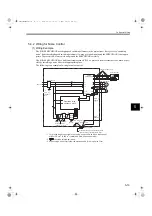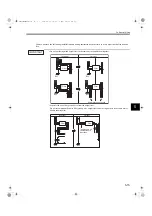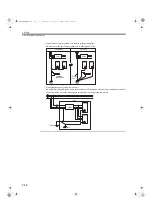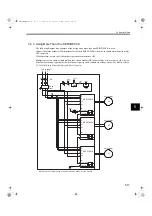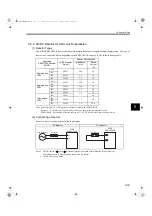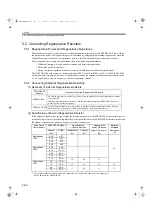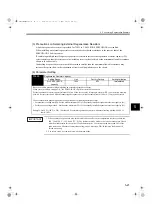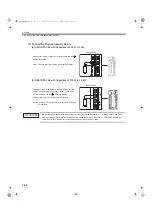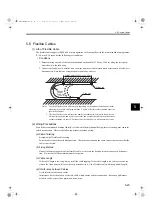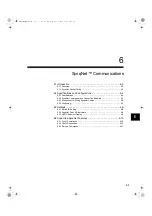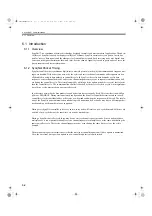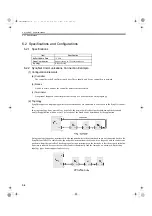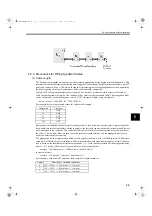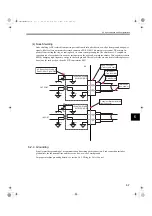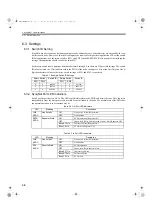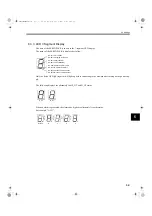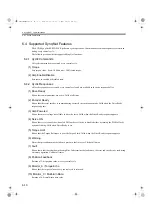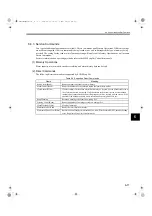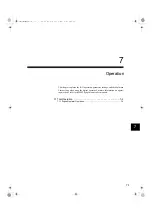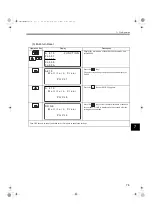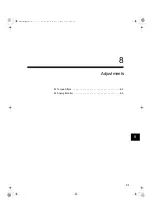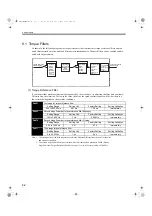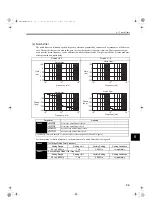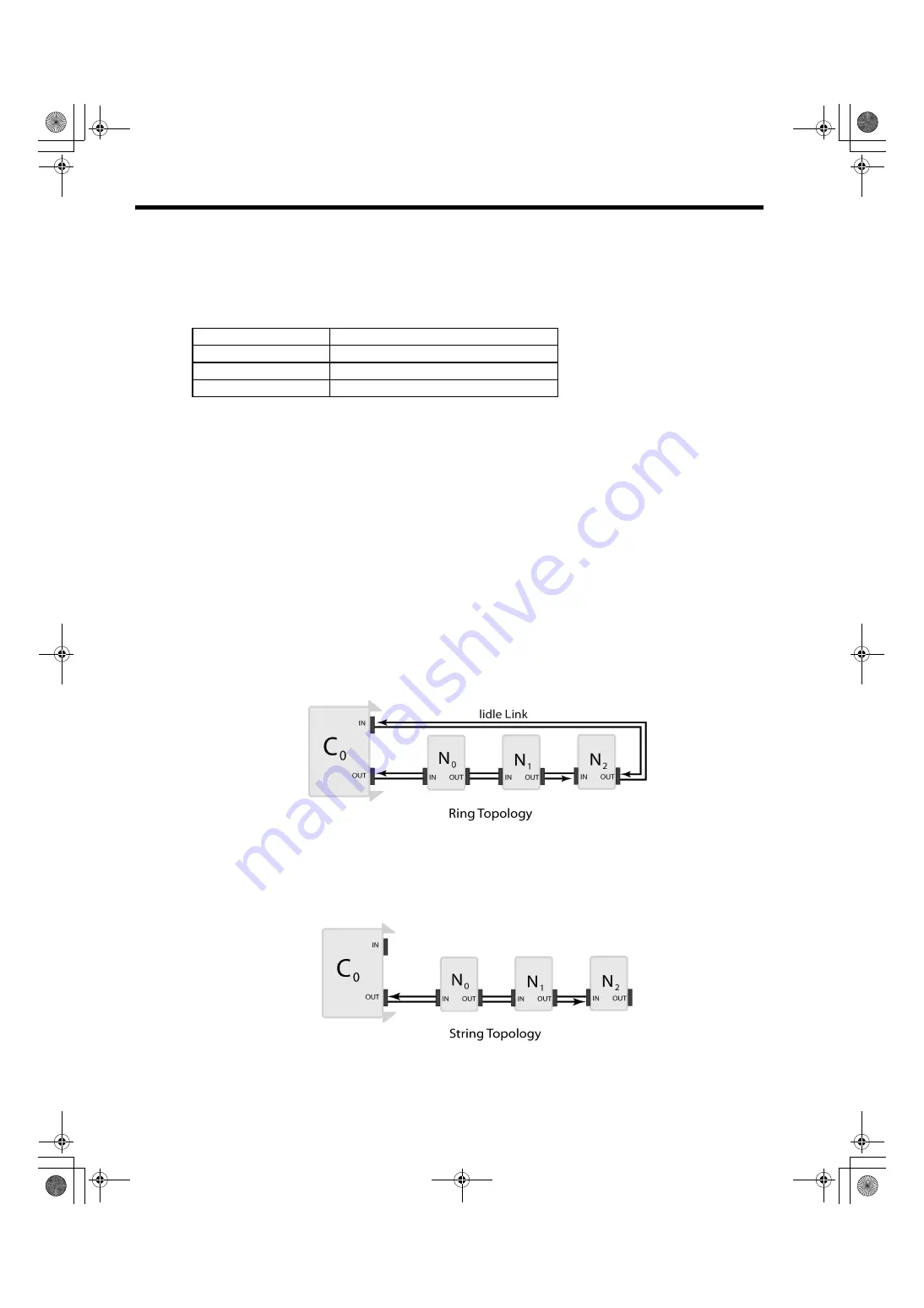
6 SynqNet™ Communications
6.2.1 Specifications
6-4
6.2 Specifications and Configurations
6.2.1 Specifications
6.2.2 SynqNet Communications Connection Example
(1) Configuration Elements
(a) Controller
The controller is the SynqNet network host. There should only be one controller per network.
(b) Nodes
A node is a slave and not the controller, unless otherwise stated.
(c) Terminator
An optional loopback connector placed at the end of a node chain in a string topology.
(2) Topology
SynqNet supports a ring topology where the network nodes are connected in series back to the SynqNet control-
ler.
In a ring topology, if any one cable or node fails, the network will redirect packet data around the break and
notify the application with an event. The location of the break can be determined by the application.
String topology (opened or terminated) is also supported where the network nodes are not connected back to the
SynqNet controller. If a cable breaks, the nodes downstream from the break will no longer be able to send/receive
packets to/from the controller. The advantage of using a terminator on the last node is that the network initializa-
tion time is reduced, because the controller can deterministically find the last node on a network. Both string
topology types do not support fault recovery.
Item
Specification
Buffer Update Rate
16 kHz
Node Coordination
Support for up to 32 coordinated axes
Topology
Ring or String
SIEPS80000025.book 4 ページ 2004年10月25日 月曜日 午前11時57分

